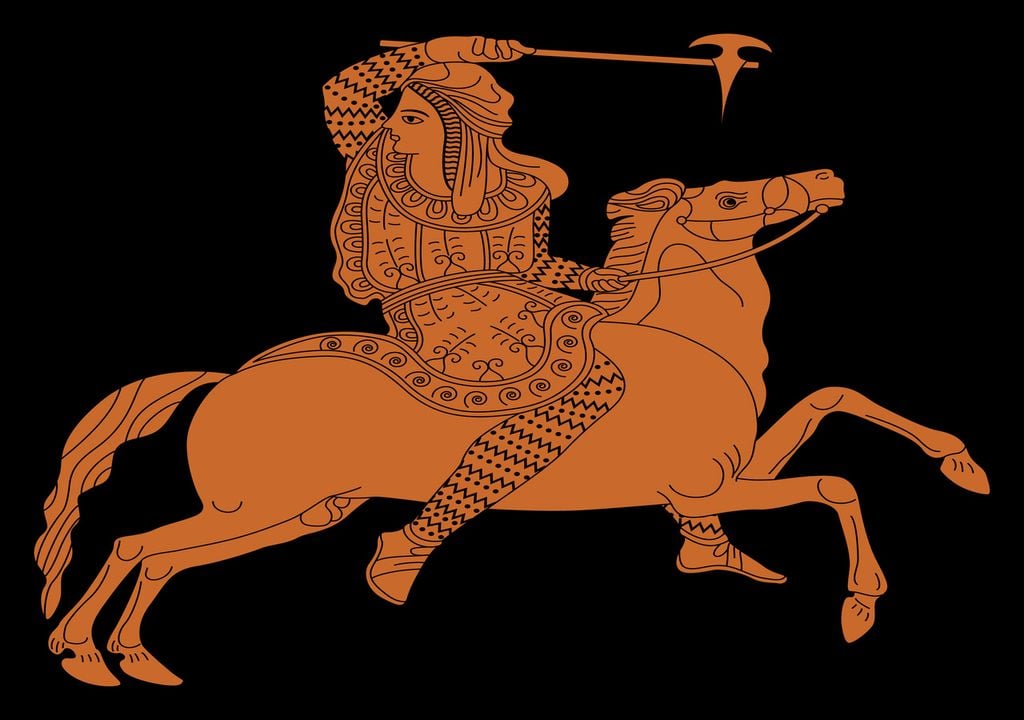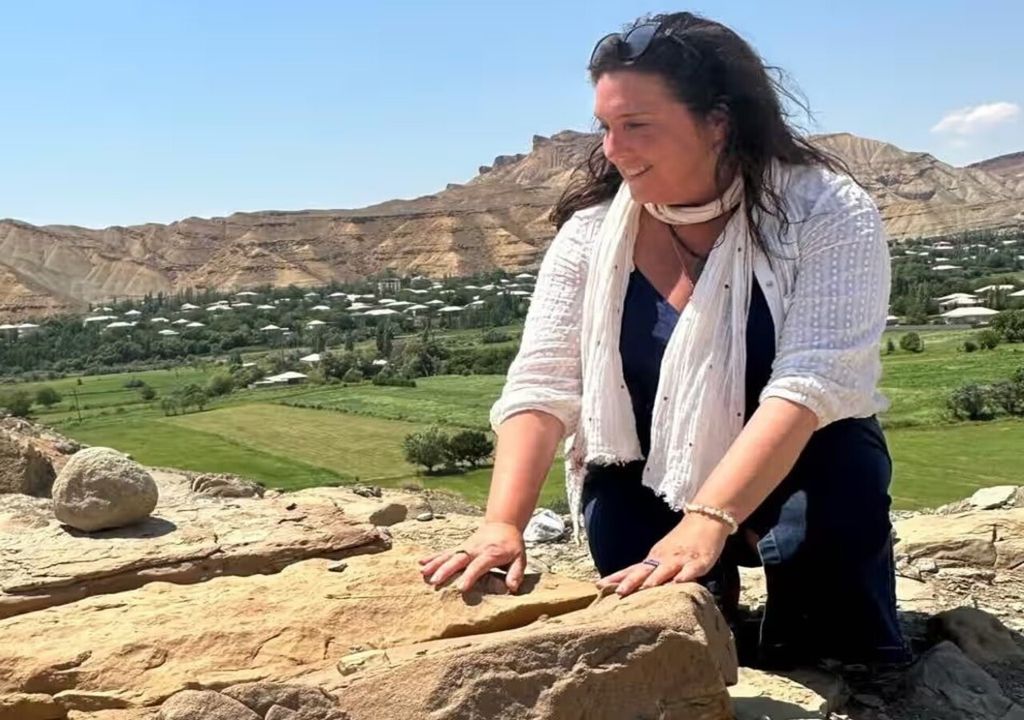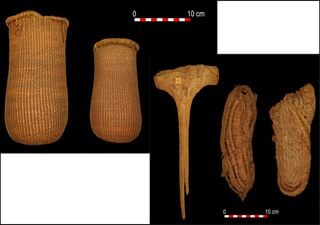Female warriors of ancient myth could really have existed according to accruing archeological evidence
The Amazons of Greek myth really could have existed with new archeological evidence from Azerbaijan adding to historical records.

You may have heard of the fierce Amazon warriors: a race of independent and strong women skilled in warfare, and if not, you may have seen poster ads or the film, Wonder Woman, staring Gal Gadot, who plays the superhero/demigod, Dianna. But who were these formidable women, where did they come from, and did they really exist?
Brief accounts from history
The Amazons were said to have inhabited Anatolia (Asia Minor) and areas along the coast of the Black Sea. According to mythology, the Amazons were highly skilled archers and horse riders, frequently pictured as powerful and formidable warriors. Known for her magical girdle bestowed by the god of war, Ares, Hippolyta was one of the most well-known Amazon queens.
The Amazons appeared in tales where they battled mythical legends such as Heracles (Hercules), Achilles, and Theseus. Their portrayal varied depending on the story, with some seeing them as noble and honourable and others as cruel and barbarous. Despite their mythological position, the Amazons have symbolised female power, independence, and martial skills since ancient times.
The Greek historian Herodotus (hailing from the fifth century B.C.) posits that the Sauromatians were the descendants of the Scythians and the Amazon warriors. The former sub-culture of Scythians comprised men and women, where husbands and their wives would hunt together on horseback with the women wearing the same garb as the men. According to Herodotus: “Their marriage law lays it down, that no girl shall wed until she has killed a man in battle.”
Tantalizing archaeological finds
No real evidence arose since the days of Herodotus to substantiate his writings, until notable finds were unearthed outside Pokrovka, near the Kazakhstan border. The archaeological team excavated the site at the remote Russian outpost and discovered burial mounds (called Kurgans) dated to 2000 years old. Among the 150 Sauromatians' graves, the researchers found graves belonging to potential warrior women.
One of the graves belonged to a female buried with an iron dagger, quiver, and bronze arrowheads. The female also had noticeably bowed legs, pointing toward the body's adaptation to frequent horse riding.

In a short report published in 2019, a team of Armenian researchers detailed findings of a female warrior who was likely to be of high status. She had an arrowhead logged in her left knee and her bones revealed other signs of traumatic stress, which supports the supposition that this female was inured to battle.
More recent archaeological evidence sheds light on the existence of more female warriors. Archaeologists unearthed graves within the Necropolis of Nakhchivan (dating back to the Bronze Age) in Azerbaijan. The graves belonged to warrior women, who were likely part of a gynocracy (or a society/government mediated by women). The women were buried alongside a mace, arrowheads, and a bronze dagger.
In a conversation with The Observer, award-winning historian and broadcaster, Betanny Hughes, said: “Their fingers are warped because they’re using arrows so much. Changes on the finger joints wouldn’t just happen from hunting. That is some sustained, big practice. What’s very exciting is that a lot of the bone evidence is also showing clear evidence of sustained time in the saddle. Women’s pelvises are opened up because they’re riding horses. [Their] bones are just shaped by their lifestyle.”
Jewellery comprised of the semi-precious stone, carnelian, was also found amongst the graves of the warrior women which is usually associated with high priestesses or goddesses, said Hughes. This indicates that these were women of high status.
Hughes unveils more concerning the new archaeological finds in her new series 'Treasures of the World' on channel 4.








